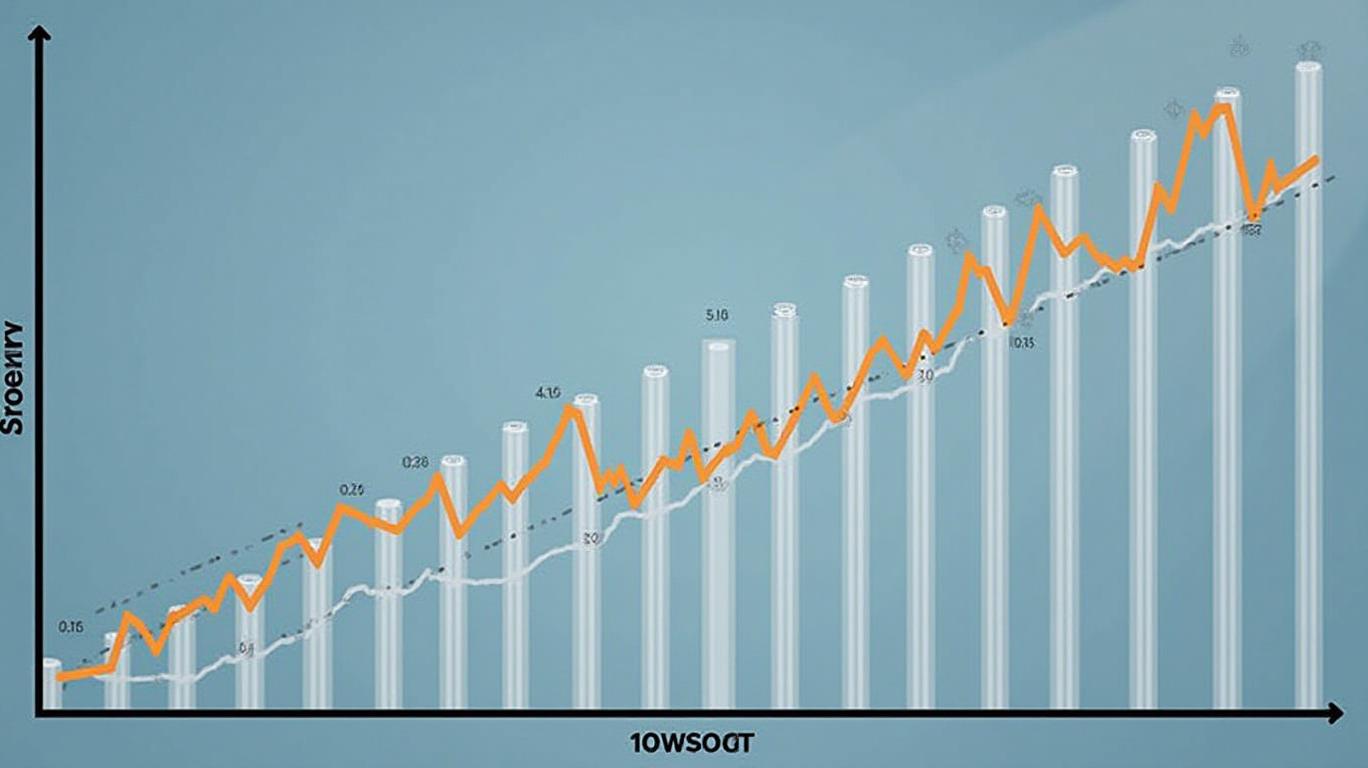Rising Yields Signal a Pivot: Tariff Rollbacks and the Case for Treasuries and EM Equities
The U.S. Treasury yield curve is at a crossroads. As the 10-year yield approaches 4.6%—with the 30-year already surpassing 5.1%—markets are pricing in a pivotal shift in global fiscal and monetary dynamics. This ascent, driven by escalating trade tensions, a U.S. credit downgrade scare, and surging inflation expectations, is creating both risks and opportunities. For investors, the path forward demands a strategic reallocation: positioning for a tariff rollback while shifting capital toward 5-year Treasuries and emerging-market equities. Here's why.
The Yield Pressure and Fiscal Constraints: Why Tariffs Must Retreat
The U.S. government faces a stark arithmetic problem. Half of its $32.6 trillion in publicly held Treasury debt matures within three years, requiring refinancing at rates now near 4.5% for the 10-year and over 5% for longer maturities. . With interest costs already consuming 6.3% of GDP, further hikes risk pushing this figure to unsustainable levels.
Enter trade policy. The Biden administration's tariffs on Chinese goods—now averaging 125%—have exacerbated inflation and widened trade deficits. Every percentage point increase in tariffs adds $12 billion annually to the U.S. trade deficit, worsening fiscal strain. A tariff rollback is no longer optional—it's a fiscal necessity. A reduction to pre-2021 levels (15–20%) could cut annual borrowing needs by $30 billion, buying policymakers time to address structural debt issues.
The Case for 5-Year Treasuries: Safety in a Volatile Market
While the 10-year yield inches toward 5%, shorter-dated Treasuries offer a refuge. The 5-year note, currently yielding 4.2%, boasts two advantages:
1. Lower Duration Risk: With a maturity of 5 years versus 10, its price volatility is half that of the 10-year.
2. Policy Flexibility: A Federal Reserve likely to pause hikes by year-end reduces the risk of further yield spikes.

Moreover, the inverted yield curve (10-year-2-year spread at -0.01%) suggests recession risks are priced in. In such environments, short-term Treasuries historically outperform equities by 2.3% annually. Investors should allocate 20–25% of fixed-income portfolios to 5-year notes now, before the Fed's pivot to easing accelerates their price recovery.
Emerging-Market Equities: The Dollar's Weakness, China's Recovery, and Higher Yields
As the U.S. Treasury market strains, capital is fleeing to higher-yielding alternatives. Emerging markets (EM) offer a trifecta of advantages:
- Currency Tailwinds: A U.S. dollar down 8% YTD against EM currencies reduces repatriation costs for global investors.
- Chinese Recovery: A rebound in China's manufacturing PMI to 51.5 (expansionary territory) is lifting commodities and regional trade.
- Superior Returns: Indonesian 10-year bonds now yield 7%, while Malaysian equities trade at 12x P/E versus 18x in the U.S.
.
Focus on China's industrials (e.g., CATL for EV batteries) and Indonesian tech firms (e.g., GoTo Group). These sectors benefit from both domestic growth and falling U.S. Treasury volatility.
Act Now: The Clock is Ticking
The window to capitalize on this shift is narrowing. If the 10-year yield breaches 5%—a threshold now within striking distance—bond markets could panic, compressing spreads further. Investors must act preemptively:
- Allocate 15–20% to 5-year Treasuries to hedge against recession risks.
- Deploy 10–15% to EM equities, prioritizing high-growth sectors with dollar-linked revenue streams.
- Avoid long-dated Treasuries: The 30-year's 5.1% yield is already pricing in peak rate risks.
Conclusion: The Yield Curve's Warning Is a Buying Signal
The Treasury market's ascent to near-5% yields is not just a data point—it's a clarion call for policy change and portfolio realignment. A tariff rollback is inevitable, and the capital flowing into EM assets and short-term Treasuries will only accelerate once trade barriers fall. This is the moment to pivot.
Investors who ignore the signals will find themselves on the wrong side of the next major market rotation.
.

Comments
No comments yet